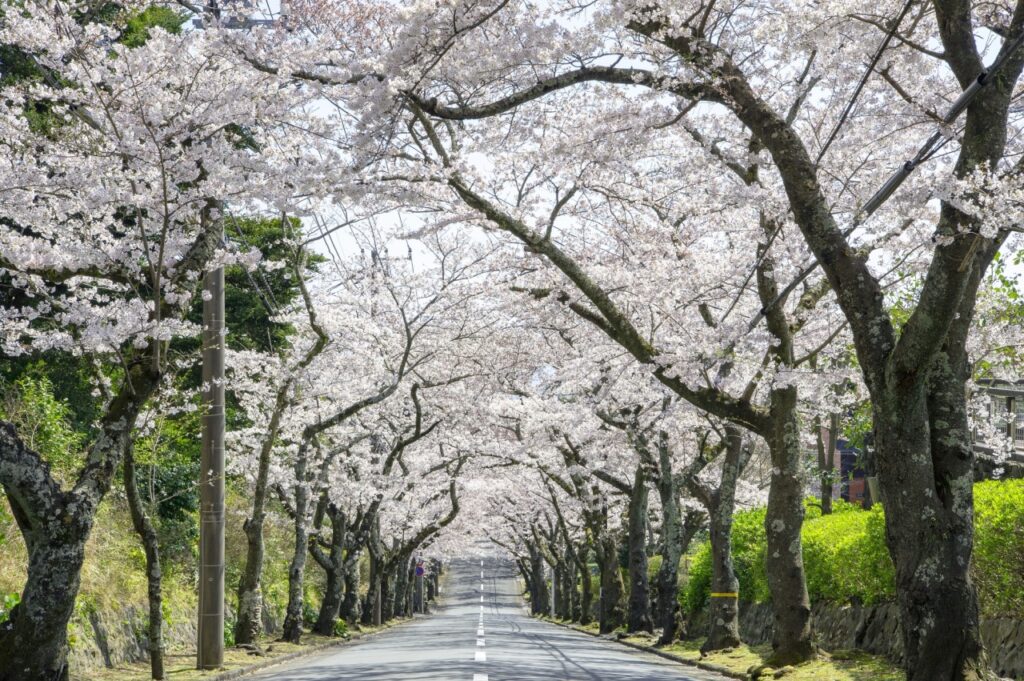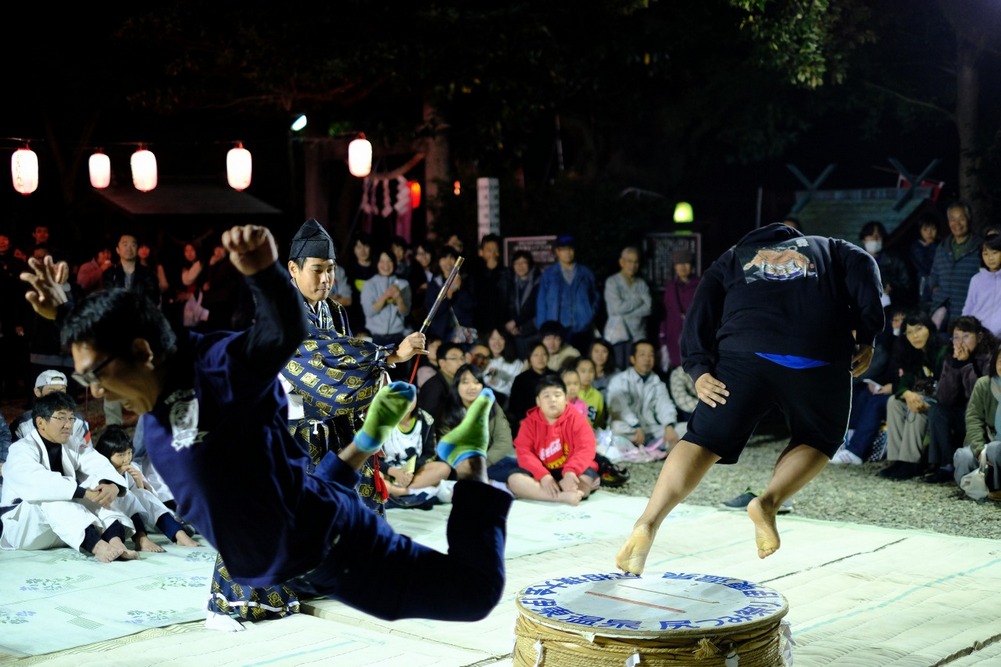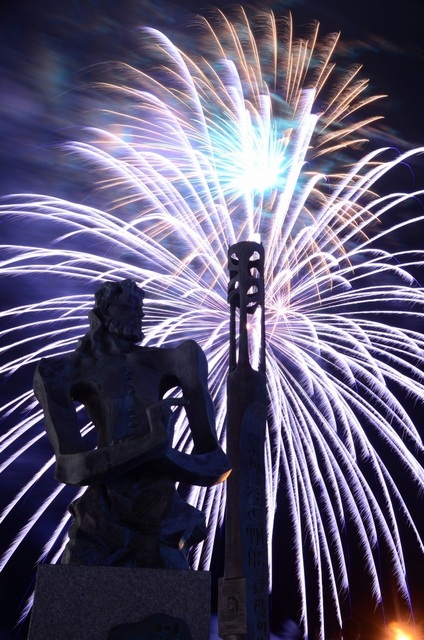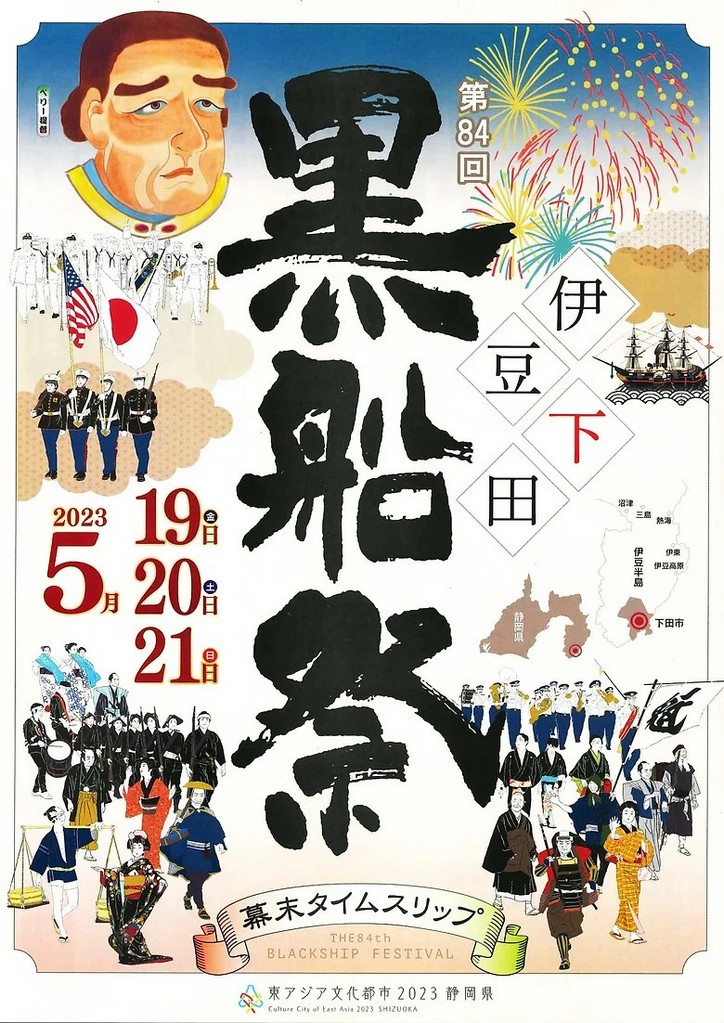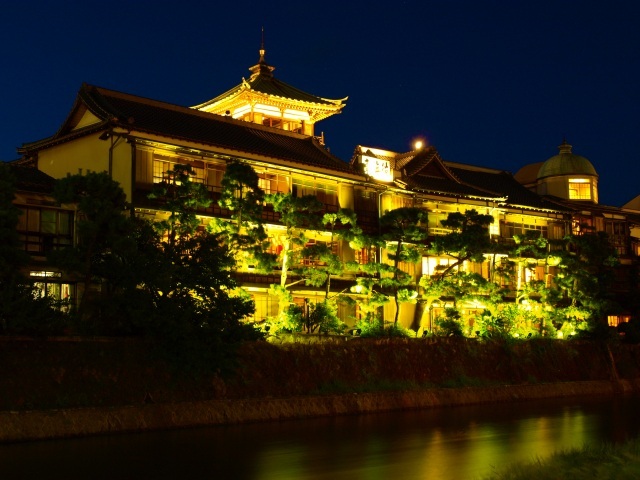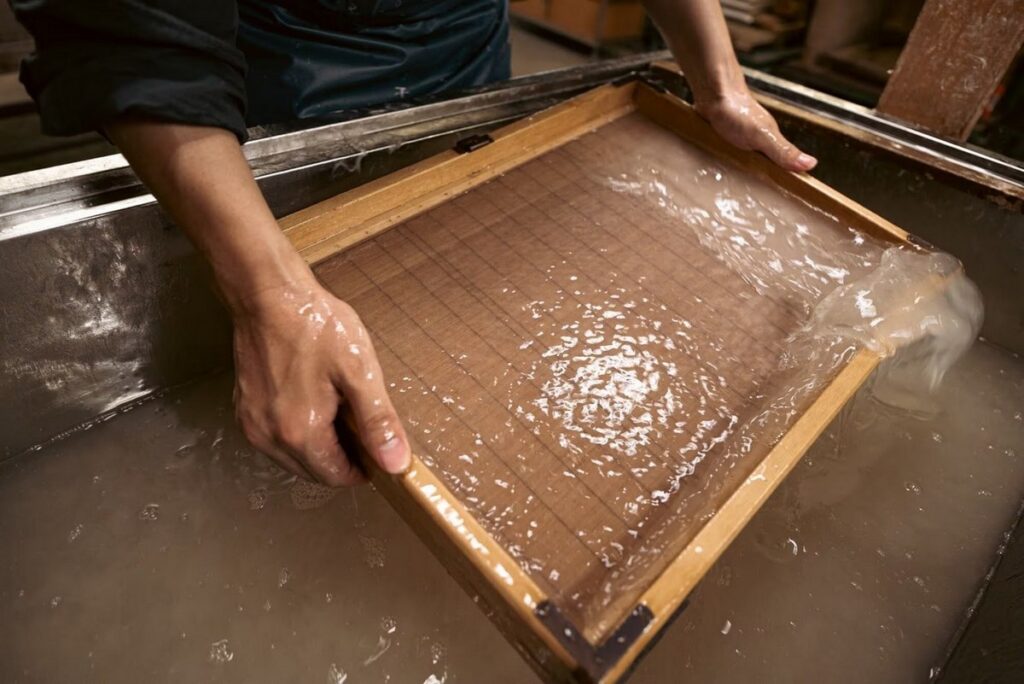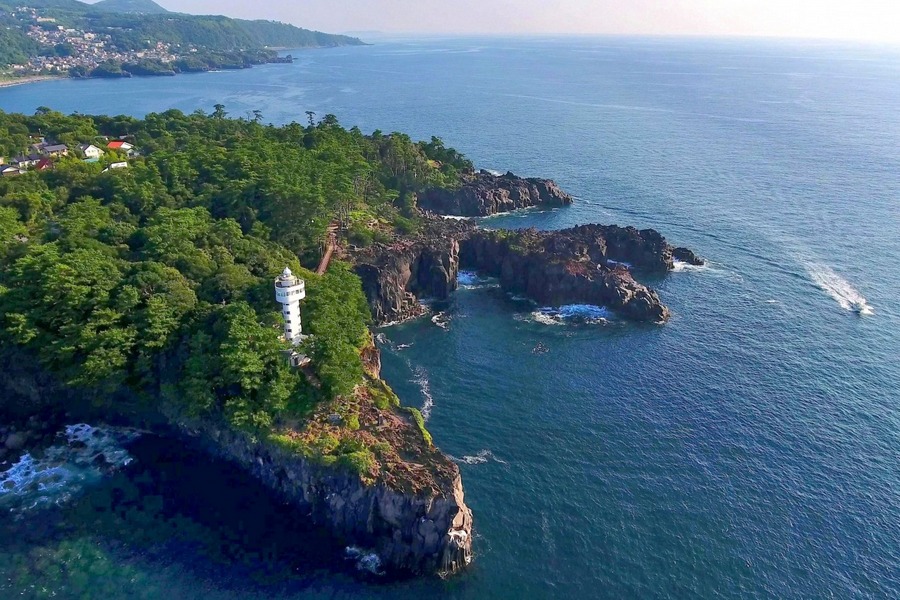Matsuzaki: One of Japan’s 100 Most Beautiful Villages
Foreign tourists in particular tend to seek out a more idealistic version of Japan, the kind they read about in novels or see in movies and anime. The charming little village of Matsuzaki, on Izu’s west coast, is just such a place.
Matsuzaki: One of Japan’s 100 Most Beautiful Villages Read More »


